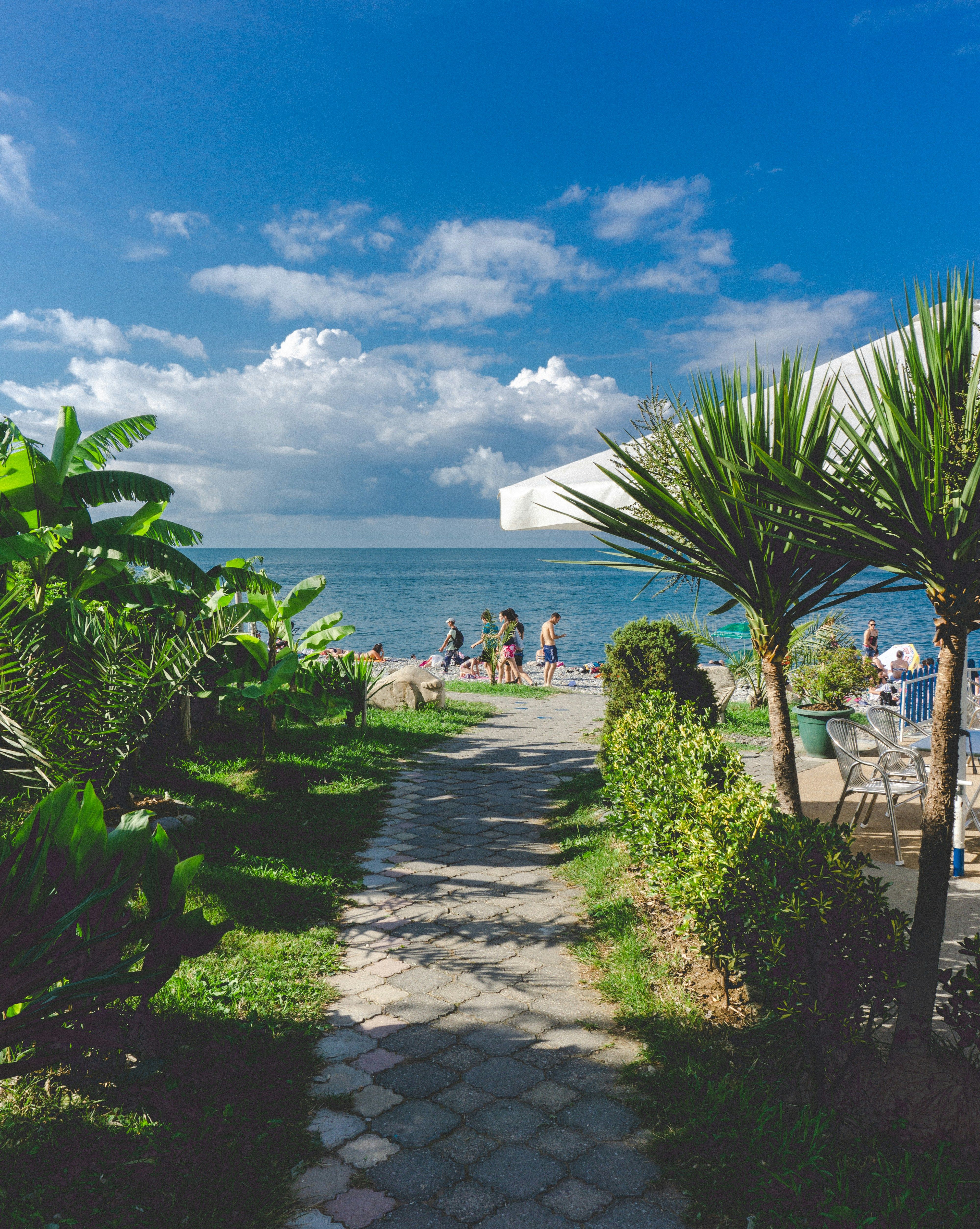Techniques, Strategies, and Step-by-Step Guides on Dyeing Fabrics Successfully
Dyeing Fabrics: A Guide for Home Enthusiasts
In 2025, fashion trends reflect a nostalgic influence from the past, with throwback designs and patterns, including tie-dye, gaining popularity again. This revival of 90s style has sparked a resurgence in fabric dyeing, a practiced tradition in the fashion industry.
Dyeing fabric is an accessible way to introduce variety and color in textiles, whether on a large industrial scale or a small scale at home. T-shirt manufacturers in the USA see this craft as a unique selling point, giving an individualistic touch to their products.
The art of dyeing fabric involves a blend of science and creativity. There are several methods available for amateur dyers, from basic supermarket dyes to the more professional Procion Fiber Reactive Dye process. Hand-dyed textures offer a richness and variety that commercial fabrics fail to replicate.
Can Fabric be Dyed?
Natural fibers, such as cotton, linen, silk, and fleece, take dye exceptionally well. Dyeing is both a skill and a science, so patience is key. Mixing liquid colors to create custom shades is one example of this process.
Best Dye for Clothes: An Overview
Among dyers, one of the most common questions is which dye is best for clothes. The answer depends on the type of fabric being dyed.
- Fiber Reactive Dyes like Procion MX are popular for cellulose strands like cotton, linen, rayon, raime, and thick rayon. They require additional items like soda ash, salt, and Synthrapol for optimal results. Fiber reactive dyes work best at room or tepid temperatures.
- Best for viscose rayon fabric, cotton, rayon, linen, raime.
- Acid Dyes, such as Jacquard Acid colors, work best for protein strands like silk and wool. They also work on nylon, Lycra, acid-dyeable acrylics, and human and yak hair for wig making.
- Best for nylon, wool, silk, acrylics (acid-dyeable), hair (yak, human).
- Union Dyes, like RIT, Dylon Multipurpose, and Dylon Permanent, have a broader application for a range of fabrics. Although union dyes will not be as bright or colorfast as other options, they have the advantage of being easy to use and versatile.
- Best for protein fibers, cellulose fibers.
- Direct Dyes, like iDye by Jacquard, are adaptable like union dyes but require hot water, salt, and sometimes vinegar.
- Best for cotton, wool, silk, rayon.
- Disperse Dyes, like iDye Poly, are exclusive for polyester and nylon fabrics.
- Best for synthetic fibers, plastics.
Liquid or Powder Dye: Which is Better?
Neither liquid nor powder dye is inherently superior in terms of color or performance. Liquid dye is simply dissolved in water and requires less volume for the same results. Since it is pre-mixed, it eliminates the need to dissolve powder dye in hot water prior to adding it to the dye bath.
Can you Dye 100% Cotton?
In terms of lasting and hassle-free coloring, fiber reactive dyes are the best option for 100% cotton. Acid dyes, direct dyes, and union dyes can also be used to color cotton but are less permanent. Traditional dyes will not attach to cotton as easily as they do to wool.
Permanent Home Dyeing
To permanently dye clothes at home:
- Dissolve the dye in a large pot or container and immerse the fabric.
- Ensure the fabric is completely submerged in the dye solution. It's recommended to use lighter dyes for best results.
- Leave the fabric in the dye for an hour or longer, depending on the desired intensity.
- Rinse the fabric with cold water and allow it to dry. The color may lighten slightly but will remain on the fabric.
Tips and Tricks for Home Dyeing
- Create test batches of the colors before using a larger amount to ensure the proper shade.
- Different types of fabric may take dye differently, so monitor the results closely.
- Dumbbell stitching, trimming, and sewing can affect the absorption and appearance of dye in fabrics.
- Night-time coloring can prevent unwanted sunlight exposure that may change the dye's shade.
Overall, dyeing fabric at home is less daunting than it may seem. With the correct dye and understanding of the fabric's properties, you can achieve professional-quality results.
- The art of dyeing fabric can be practiced in a home setting, offering lifestyle enthusiasts the opportunity to create unique and vibrant fashion-and-beauty products, such as hand-dyed shirts or home-and-garden textiles.
- With numerous dye types available, including fiber reactive dyes for natural fibers like cotton, it's possible to produce a range of colorful and custom textiles that elevate the aesthetic appeal of everyday items within the home environment.




